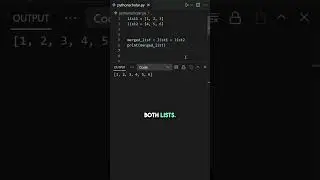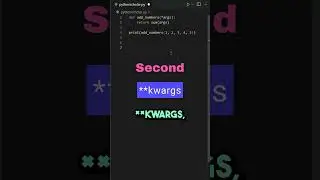Python ZIP function can do that?
Welcome to a Python tutorial focused on the powerful 'zip' function, a key tool for combining lists. This video dives into the utility of 'zip' in data manipulation, showcasing its convenience and ease of use. We begin with a scenario where we have two separate lists, one consisting of names and another of corresponding ages. Our goal? To unify these separate data points into a cohesive whole - a single list of tuples - and 'zip' is the perfect solution.
'Zip' effortlessly combines lists, creating an iterable of tuples where each tuple encapsulates elements from the input lists sharing the same index. The elegance of 'zip' lies in its simplicity and the improved readability it imparts to your code. It's a handy function when dealing with parallel data.
Once you have this zipped iterable, you have the flexibility to convert it into various data structures as per your requirements. In this tutorial, we demonstrate how to convert the zipped iterable into a list of tuples - a powerful way to organize and access your combined data.
One important point to remember is the universality of the 'zip' function. It isn't limited to just lists - 'zip' can work with any iterable, including strings, sets, and dictionaries. This expands the horizons for data combination, granting you the freedom to mix and match various iterables.
By the end of this tutorial, you'll have mastered using the 'zip' function to combine lists in Python. As we peel back the layers of Python's powerful features, you'll gain a deeper understanding and proficiency in coding. Let's keep on exploring and leveling up our Python skills! Embrace the power of Python and stay curious! 🌟🔥





![|СОВМЕСТКА| Это любовь в одно касание... [with Ohiko Tyan]](https://images.videosashka.com/watch/inx2Welh5M0)

























